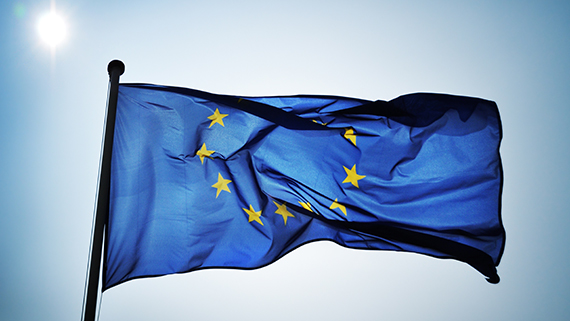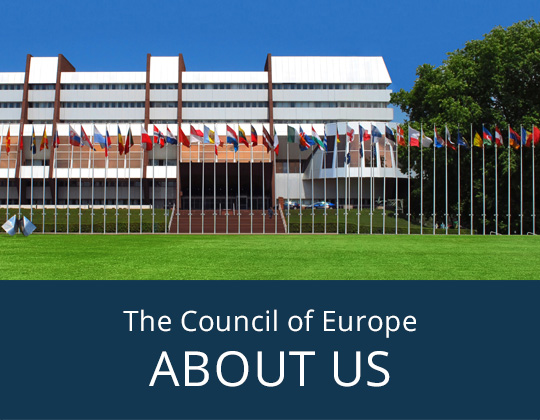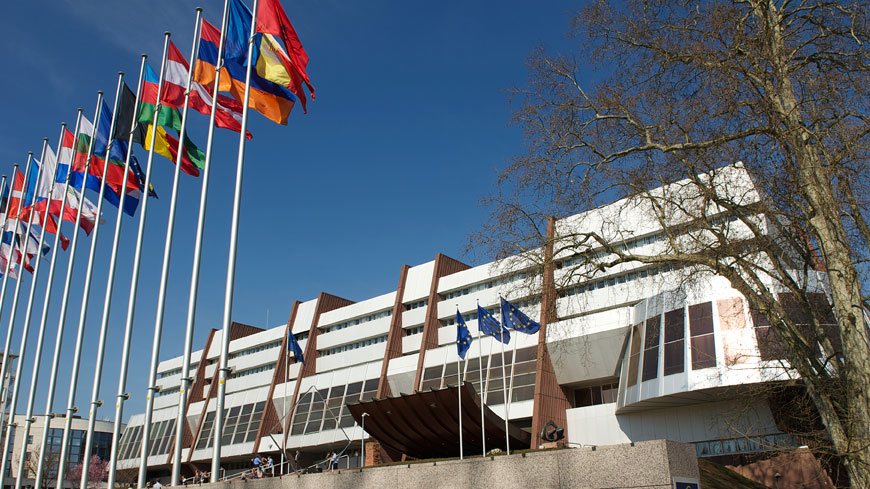The European flag

From its foundation in 1949 the Council of Europe was aware of the need to give Europe a symbol with which its inhabitants could identify. On 25 October 1955 the Parliamentary Assembly unanimously approved the emblem of a circle of gold stars on a blue background. On 9 December 1955 the organisation's Committee of Ministers adopted the star-studded flag, which was launched officially on 13 December of the same year in Paris.
A symbol for the whole of Europe
In 1983 the European Parliament in turn adopted the flag devised by the Council of Europe and recommended that it become the European Communities' emblem. The European Council gave its approval in June 1985. The European Union's institutions began to use the flag in 1986.

The European flag has since become synonymous with a shared political project which unites all Europeans, transcending their diversity.
 History of the European flag
History of the European flag
 Imagine the European flag
Imagine the European flag
Copyright
Any natural or legal person (‘user') may use the European emblem or any of its elements, subject to the following conditions of use.
Conditions of use
The use of the European emblem and/or any of its elements is allowed, irrespective of whether the use is of a non-profit or commercial nature, unless:
(a) the use creates the incorrect impression or assumption that there is a connection between the user and any of the institutions, bodies, offices, agencies and organs of the European Union or the Council of Europe;
(b) the use leads the public to believe erroneously that the user benefits from the support, sponsorship, approval or consent of any of the institutions, bodies, offices, agencies and organs of the European Union or the Council of Europe;
(c) the use is in connection with any objective or activity which is incompatible with the aims and principles of the European Union or of the Council of Europe, or which would be otherwise unlawful.
Trade mark and related issues
The use of the European emblem in accordance with the conditions in the previous section does not mean consent to registration of the emblem or an imitation thereof as a trade mark or any other IP right. The European Commission ([email protected]) and the Council of Europe ([email protected]) will continue the monitoring of applications for registration of the European emblem or part thereof as (part of) IP rights, in accordance with the applicable legal provisions.


Did you know?
The Council of Europe Anti-Doping Convention adopted in 1989 is the only international legal instrument in this area to date.
Where are the headquarters of the Council of Europe?





